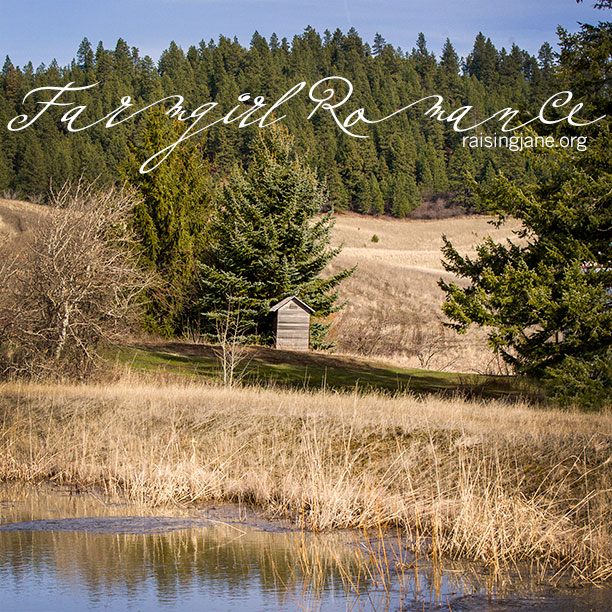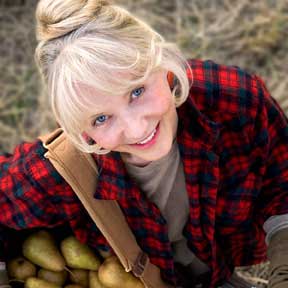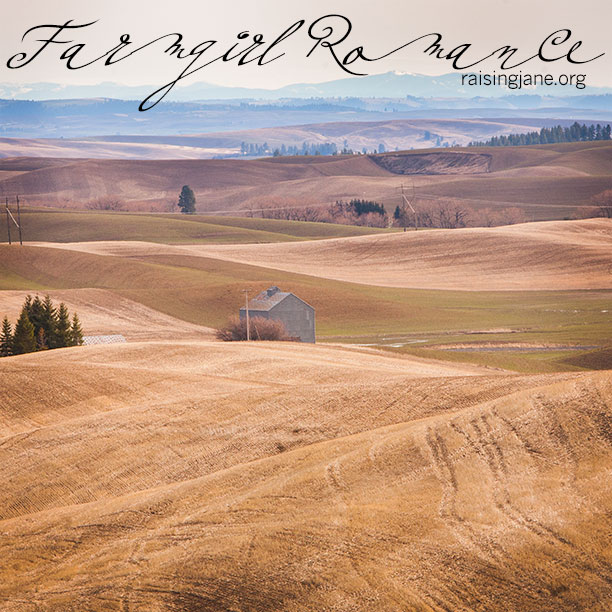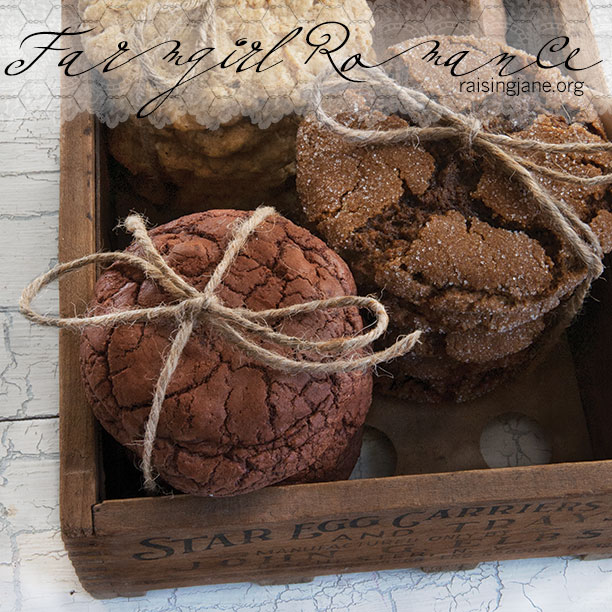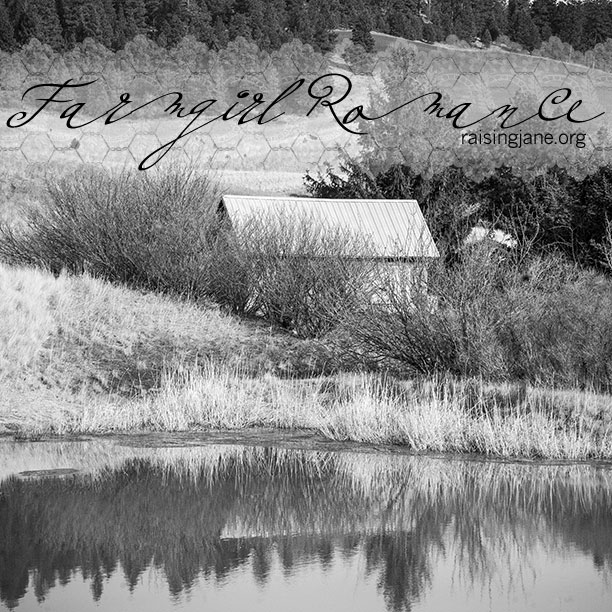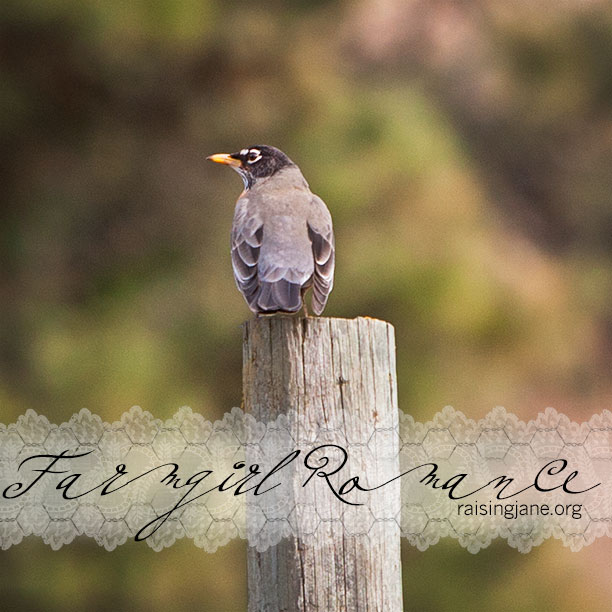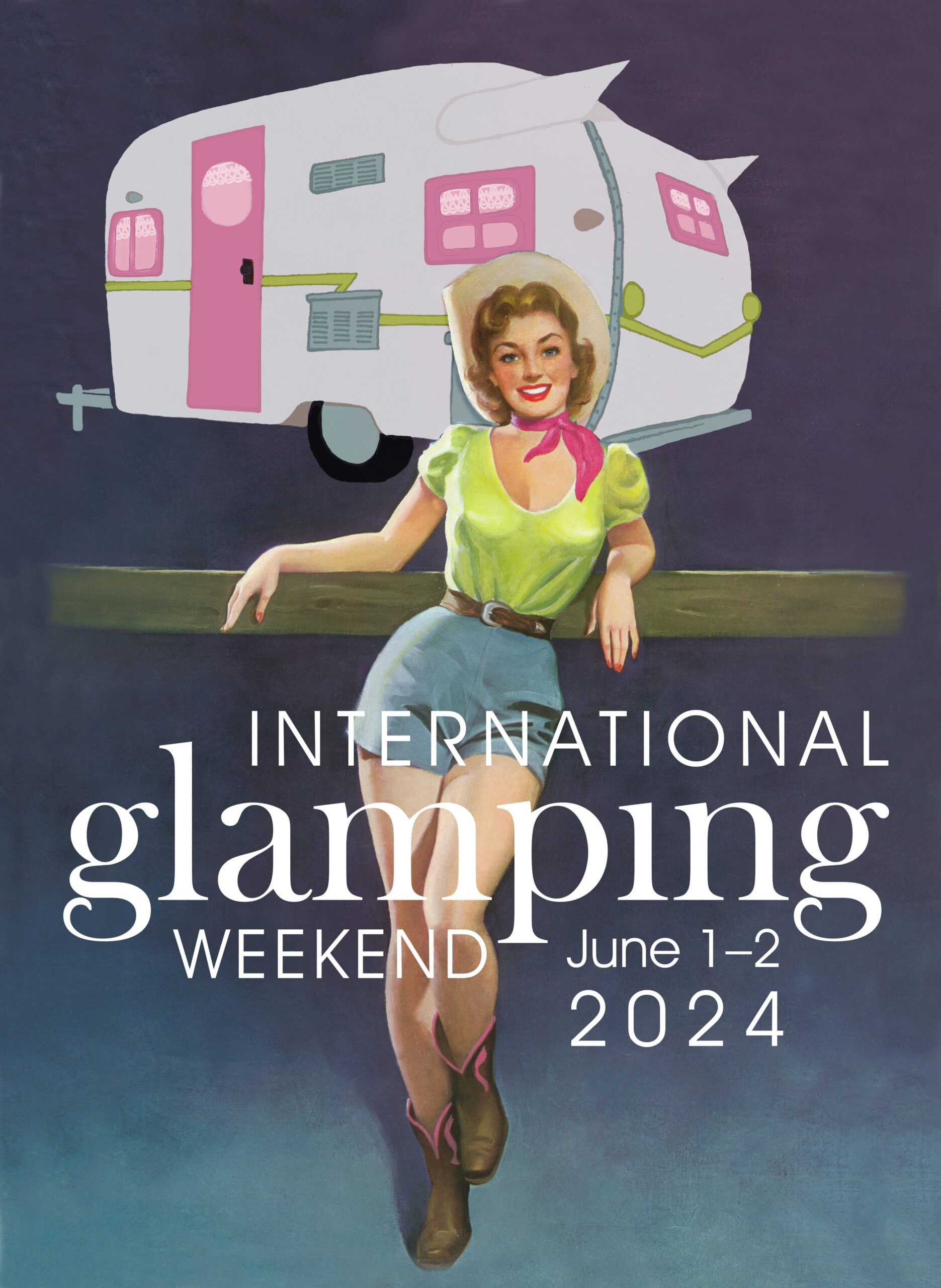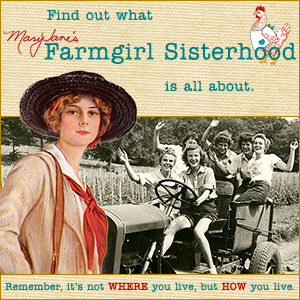Iceland was named as the country with the smallest gender gap between men and women for the sixth year in a row in late 2014. The Global Gender Gap Index (GGGI), put together by the World Economic Forum, measures gaps between men and women in four areas: political empowerment; educational attainment; economic participation and opportunity; and health and survival. The U.S. ranked 20th.
If you’ll recall, Farmgirl Sister of the Year, Winnie Nielsen (Sister #3109, aka Red Tractor Girl) recently made a stop in Iceland, so I thought I’d share a few more of her photos and read up on Iceland.

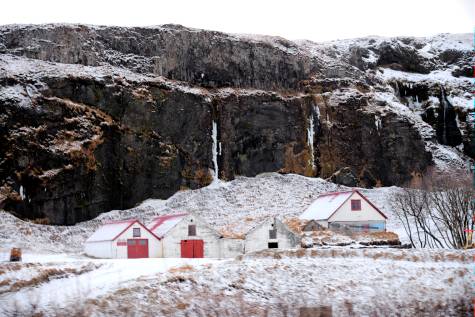
According to Britain’s The Guardian, “Let’s be clear that women and men are not equal in Iceland. However, there have been some notable successes in terms of bridging the gap between men and women, and these are attributable not least to the vocal and often colourful women’s movement, which has had a clear impact on public agenda setting and the political landscape in Iceland.”
In 1975, women throughout Iceland, both in the public workforce and at home, staged a one-day strike over wage equality. In Reykjavik alone, 25,000 women gathered in protest on “Women’s Day Off.” (Keep in mind that the total population of Iceland at that time was only 220,000.) Although the gap has narrowed, it’s still there, and women are still gathering in protest in record numbers. In 2011, one-third of the country’s female population gathered in a protest called “Women Strike Back” over wage equity and domestic violence laws. (According to The Guardian, “In the UK, it is considered a strong, successful feminist protest when 2,000 of the country’s 30 million women come out.)

The playing field between men and women is nearly equal in health and survival and in educational opportunity and attainment.
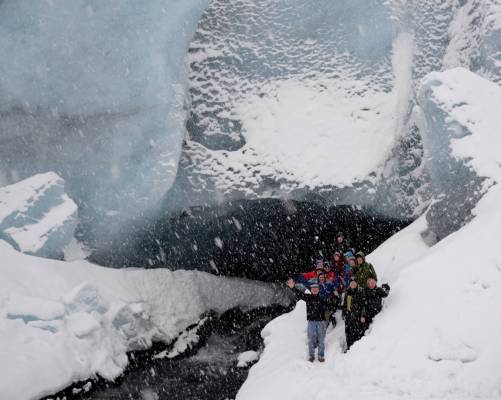
The political scene is Iceland is more balanced than average; perhaps the product of having had a female prime minister for 20 of the past 50 years. Women comprise nearly 40 percent of Iceland’s lower parliament, due to quota systems adopted by Iceland’s liberal political parties (in contrast, the UK’s political system is 86% male dominant).
So Iceland’s not all dark nights and shivering inhabitants; its people have been found to be “the happiest people on Earth” by an academic study in 2006, buy more books than residents of any other country, have the most cell phones per capita, and have had no need for armed forces for 700 years. Immigrating, anyone?
